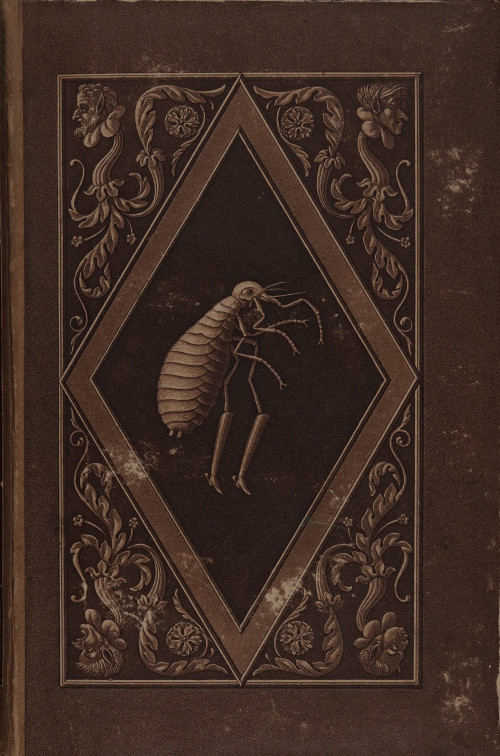Hoffmann’s tumultuous tale recounts the adventures of the quaint Peregrinus Tyss and Master Flea in Frankfurt. The latter is an exceptional insect who seeks shelter with Tyss, causes him hardship—and ultimately brings him back to life. With his “mind microscope”, the flea can expose what is going through the mind of anyone he encounters. He is being chased by two naturalists who identify themselves as 200-year-old scholars, and a beautiful Dutchwoman who is also a mythical princess. She, in turn, is being pursued by a student who doubles as a magic thistle, as well as a prince who sometimes reveals himself to be a leech. In the end, Tyss finds his true love — his splendid reward for doing a good deed.
The wall design of this display alludes to the fantastical plot in which everything descends into utter confusion. You can set the turntables spinning with cranks in just the way the story turns every established order topsy-turvy. It plays out simultaneously in Frankfurt am Main and the magic kingdom of Famagusta — temporal laws are no longer in effect. The boundaries between human beings, animals, and plants dissolve. Hoffmann shows how science connects reality and the imagination by transporting optical instruments like the microscope, magic lantern, and telescope into the realm of fantasy. The only character capable of bringing light into darkness is Master Flea, whom Hoffmann portrayed in a cover illustration, “wrapped in the most beautiful, amply folding gown, holding a blazing torch in his front paws”.
The so-called Knarrpanti passage of Hoffmann’s tale is a mockery of Berlin’s conservative police director Karl Albert von Kamptz. When Kamptz learned of the caricature, the manuscript was already in the publishing house. He had it confiscated and the entire passage deleted, and sued Hoffmann for slander of a public official. In his defence, the author wrote a statement describing his story as the “fantastical birth of a humoristic writer”. The disciplinary proceedings came to nought, however, because Hoffmann died on 25 June 1822, shortly after the publication of Master Flea. Eighty-four years later, the censored passage was discovered in the Secret State Archive in Berlin, and the work finally appeared in its entirety in 1908.
